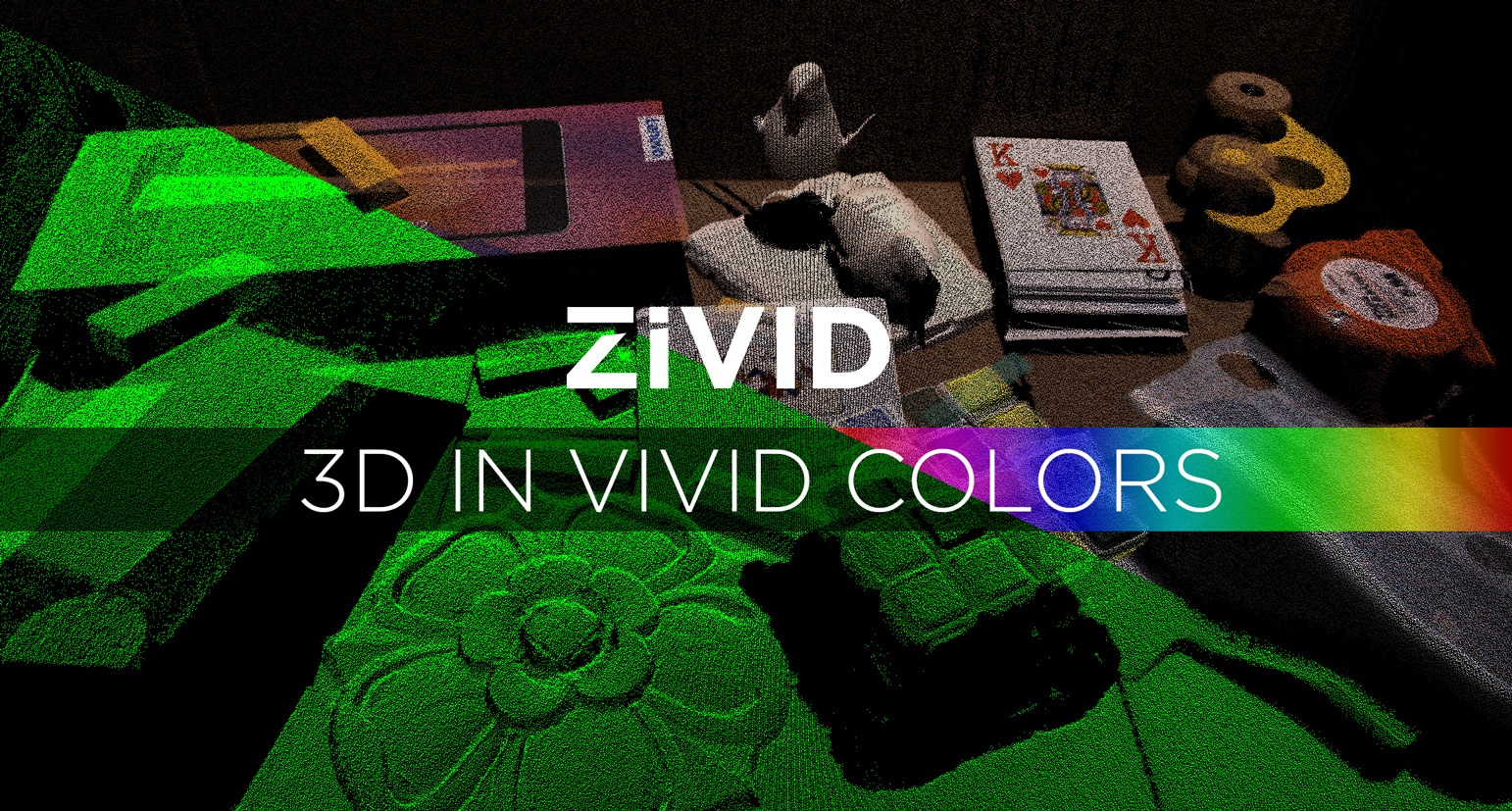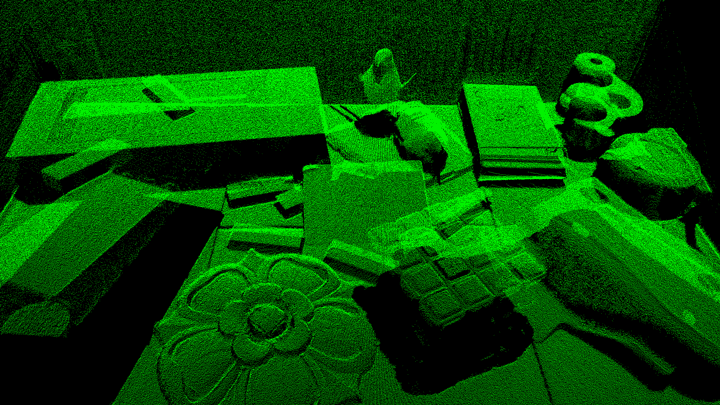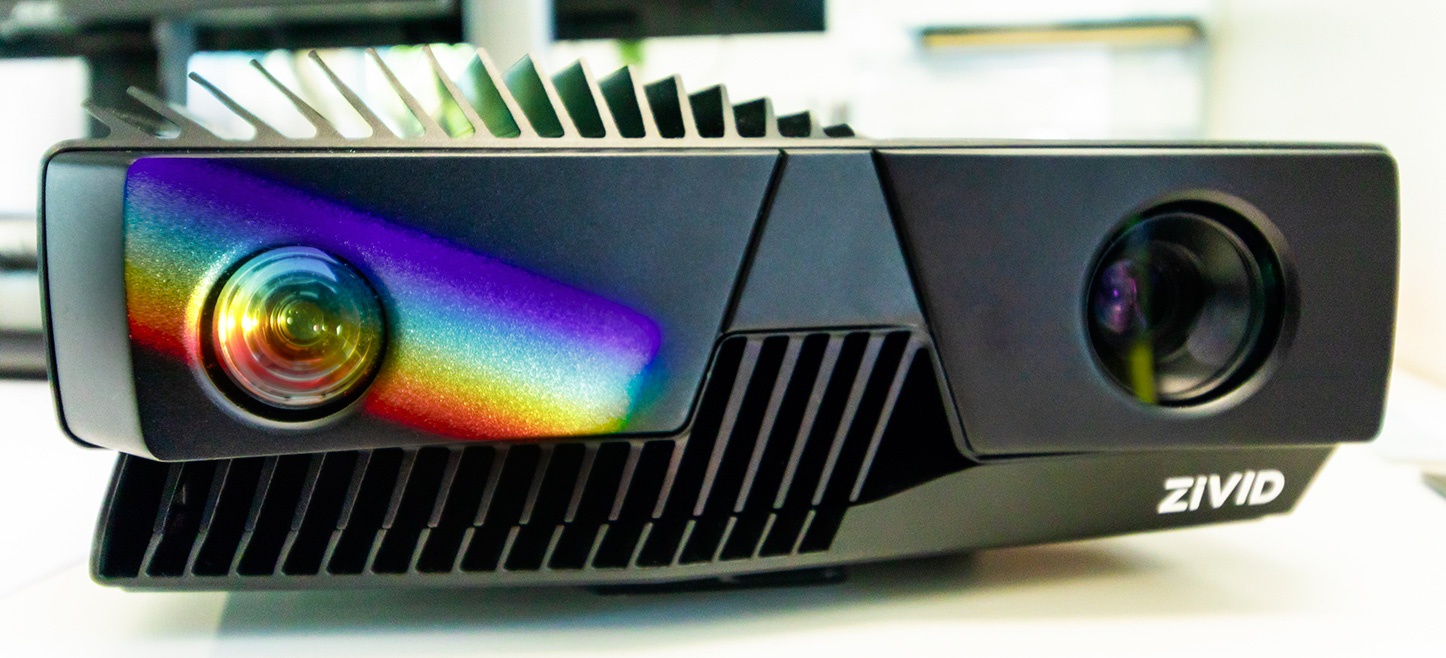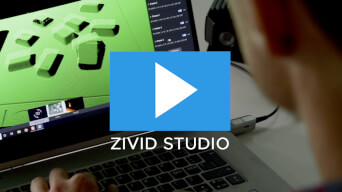
In some ways, advances in industrial automation are directly related to the innovations in the machine vision industry. One of the most important pieces of the automation puzzle has always been to mimic human vision. We started with 2D machine vision, advanced to 3D, and over the last few years have exponentially improved techniques to make 3D machine vision even better.
In some ways, advances in industrial automation are directly related to the innovations in the machine vision industry. One of the most important pieces of the automation puzzle has always been to mimic human vision. We started with 2D machine vision, advanced to 3D, and over the last few years have exponentially improved techniques to make 3D machine vision even better.
One of the more interesting improvements has been to add color as the 4th dimension (it's actually 6 dimensions, but let's not muddle in the details) to the data provided by 3D cameras. As it turns out, a key differentiator for the Zivid One is color. I always knew this, but it wasn't until a recent project review with one of our distributors in Europe that I understood the true benefits of color + 3D.
To achieve "100% detection", color data is essential as it augments XYZ position data with RGB data for precise object detection.
Bin picking applications in the food and beverage industry, for instance, use matching and detection algorithms. To achieve "100% detection", color data is essential as it augments XYZ position data with RGB data for precise object recognition.
For robot guidance applications, color proves to be important, especially when precise position needs to be communicated to a robot for tasks. Benefits for color 3D vision become even more vivid when considering small-scale production where collaborative robots (cobots) are increasingly being deployed and the need for human-like vision is necessary.
Color is beneficial for warehousing and e-fulfillment applications as well. In these systems the objects are typically small, cluttered and have high color variability. As a result, detecting these objects using legacy 2D and monochrome 3D can be challenging. The image below illustrates my point. It's easy to see the clarity color adds to the already high quality, high resolution monochrome 3D point cloud. In the center of the image you see a rectangle that could be anything when viewed in monochrome. With color, the object is clearly a playing card.

In summary, full color is often a dimension required for precision and repeatability for automation. I've learned that the ability to capture color differentiates Zivid One from the rest of the pack. The camera captures color and 3D with a single chip. This reduces the need for complex multi-camera setups while adding the color dimension to true 3D HD point clouds.
The Zivid One 3D camera can enable robots to see the world in color and 3D with the same (if not better) visual acuity as humans - one of the pre-requisites for smart and adaptive robots for the next era of automation in Industry 4.0. With an increasing demand for more flexible, adaptive, and highly cost-effective automation of rapidly changing small-scale production, Zivid opens entirely new possibilities for automation and it can radically increase robustness and performance of existing systems.

You May Also Like
These Related Stories

How to make a robot DJ

Benefits of robot-mounted 3D machine vision cameras


